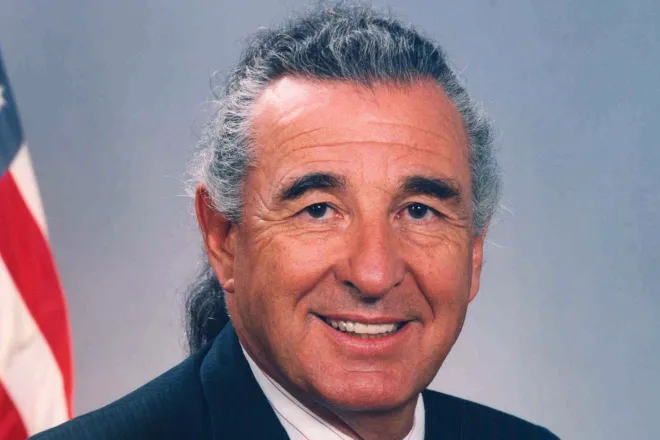
What’s an index fund?
The creation of the index fund in 1975 revolutionized investing, lowering costs for millions of ordinary investors.
Their inventor John Bogle died on Jan. 16 at the age of 89.
Bogle took a complex universe of thousands of stocks and reduced it to a simple, singular entity, the index fund. Through index funds, investing in the stock market became easy, and one could do so at low cost while minimizing risk.
Practitioners and academics have researched the drivers and consequences of index fund investing – myself included. Here is some of what we know.
Investing before index funds
In the 1970s, academics and others began finding that many highly paid stock pickers do not outperform broad market indices. That is, investors could earn higher returns by simply holding a diversified portfolio of stocks and avoiding speculation altogether.
But at the time, the average investor didn’t have an easy way to this because an investment vehicle for such diversification did not yet exist.
So Bogle stepped in and created the index fund.
An easy way to diversify
In a nutshell, index funds are designed to give investors exposure to a diversified set of stocks at a very low cost.
The name “index” reflects the idea that by buying the fund an investor in effect immediately owns a broad index of the underlying stocks. All you must do is pay an intermediary – like Vanguard, the investment company Bogle founded, which now manages US$5.1 trillion in assets – a small, built-in fee in exchange for spreading your money out across the market.
In part, that’s because index funds are bought and sold just like individual stocks and many even have their own stock symbols.
For example, if you want exposure to a mix of all the companies in the S&P 500 index, you can buy the stock VOO, and your money will automatically be invested in a value-weighted portfolio of the S&P 500 companies. If you want to divest, simply sell your shares of VOO.
Why they’re so popular
The underlying logic of index funds still prevails today.
Academics regularly find that stock pickers – who continue to be highly paid – do not outperform the market, on average. It should thus not be surprising that, according to Moody’s, nearly one-third of all investments in the U.S., or almost $6 trillion, are now in index funds or other passive investments. Analysts expect this amount to increase further over the next decade.
Economies of scale resulting from their popularity have caused the fees for some index funds to hit zero. And by one estimate, Bogle’s creation is saving investors $100 billion every year.
Bogle’s innovative investment philosophy overturned an industry, which in my view makes him one of Wall Street’s superstar investors.![]()
Jordan Schoenfeld, Accounting Faculty, Georgetown University
This article is republished from The Conversation under a Creative Commons license. Read the original article.

















